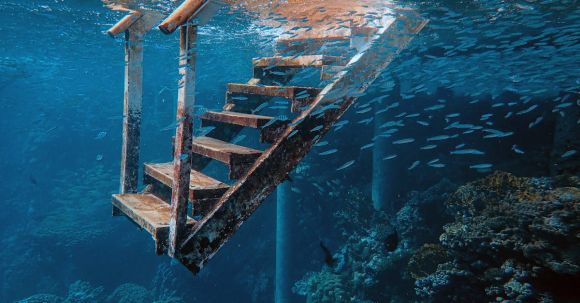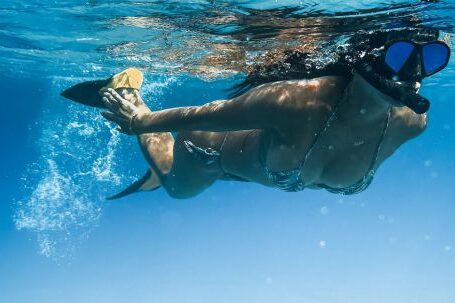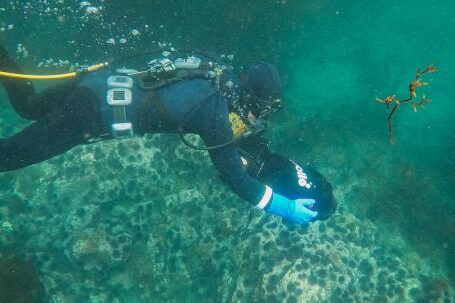Capturing breathtaking underwater images requires the right camera equipment. Whether you’re a professional photographer or an avid traveler, investing in quality underwater camera gear is essential. With a plethora of options available in the market, it can be overwhelming to make the right choice. In this article, we will guide you on how to choose the right underwater camera equipment that suits your needs and budget.
Consider Your Skill Level
Before diving into the world of underwater photography, it is important to assess your skill level. Are you a beginner or an experienced photographer? This will help determine the level of complexity in the camera equipment you should consider. Beginners may opt for compact cameras that are easy to use, while professionals might prefer more advanced DSLR or mirrorless cameras.
Choose the Right Camera Type
There are three main types of underwater cameras: compact cameras, DSLR cameras, and mirrorless cameras. Compact cameras are small, lightweight, and often come with built-in lenses. They are a popular choice for beginners due to their simplicity and affordability. DSLR cameras, on the other hand, offer more control and flexibility. They have interchangeable lenses and provide superior image quality. Mirrorless cameras are a hybrid between compact and DSLR cameras, offering the convenience of a compact camera with the image quality of a DSLR.
Consider Image Quality and Resolution
Image quality is crucial in underwater photography. Look for a camera with a high megapixel count to ensure sharp and detailed images. Higher megapixels allow for more flexibility when cropping or enlarging photos. Additionally, consider the camera’s ISO range and low-light capabilities. Underwater environments often have limited light, so having a camera that performs well in low-light conditions is important.
Waterproofing and Housing
Since you’ll be taking your camera underwater, it’s essential to ensure it is waterproof. Some cameras are specifically designed for underwater use and are inherently waterproof. However, most cameras require a separate underwater housing to protect them from water damage. When choosing a housing, ensure it is compatible with your camera model and has the necessary controls and features to operate the camera underwater.
Lens Options
The type of lens you choose will greatly impact the quality and flexibility of your underwater images. Wide-angle lenses are popular for capturing expansive underwater scenes, while macro lenses are ideal for capturing small subjects with intricate details. Consider the availability and cost of different lens options for your chosen camera system.
Accessories and Additional Features
In addition to the camera and lens, consider the availability of accessories and additional features. Some underwater camera systems offer accessories such as strobes, which provide additional lighting for your images. Other features to consider include video capabilities, image stabilization, and autofocus performance. Evaluate what is important to you and choose a camera system that offers the desired features.
Budget Considerations
Finally, it is important to consider your budget when choosing underwater camera equipment. While high-end camera systems may offer superior image quality and advanced features, they also come with a higher price tag. Assess your needs and prioritize the features that are most important to you within your budget.
Conclusion:
Choosing the right underwater camera equipment is essential for capturing stunning images beneath the surface. Consider your skill level, the camera type, image quality and resolution, waterproofing and housing, lens options, accessories and additional features, and your budget. By taking these factors into account, you can make an informed decision and embark on your underwater photography journey with confidence. Happy shooting!





